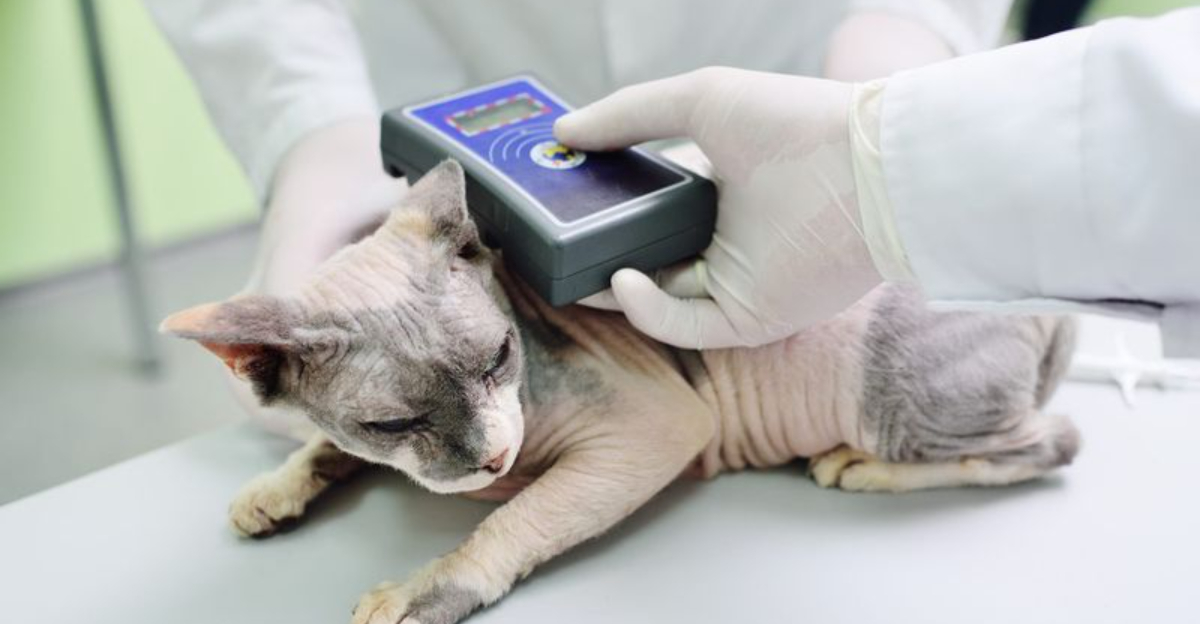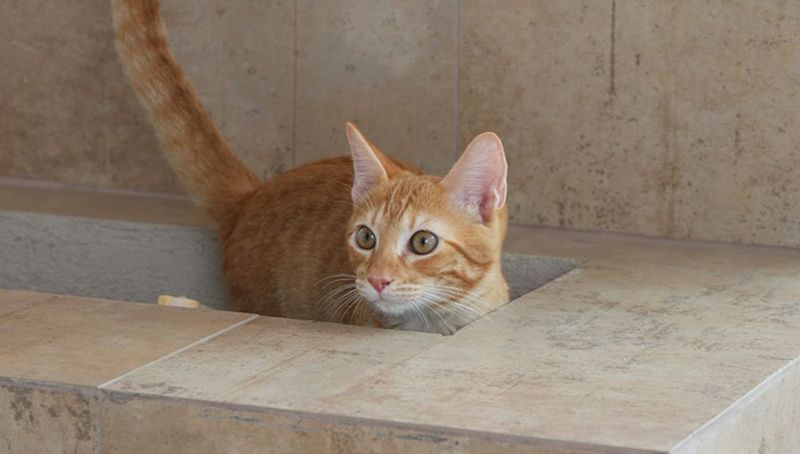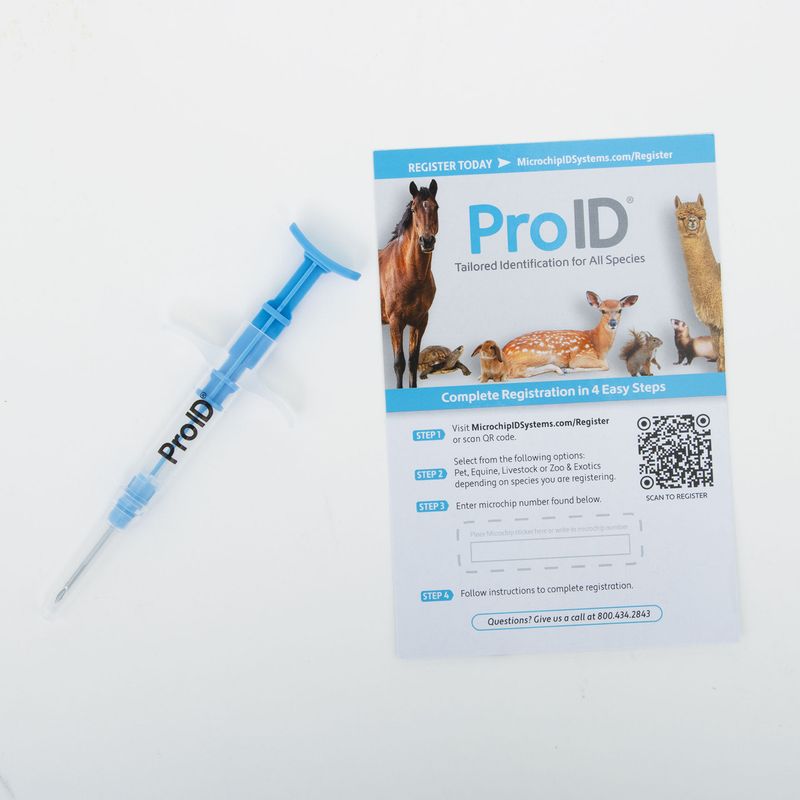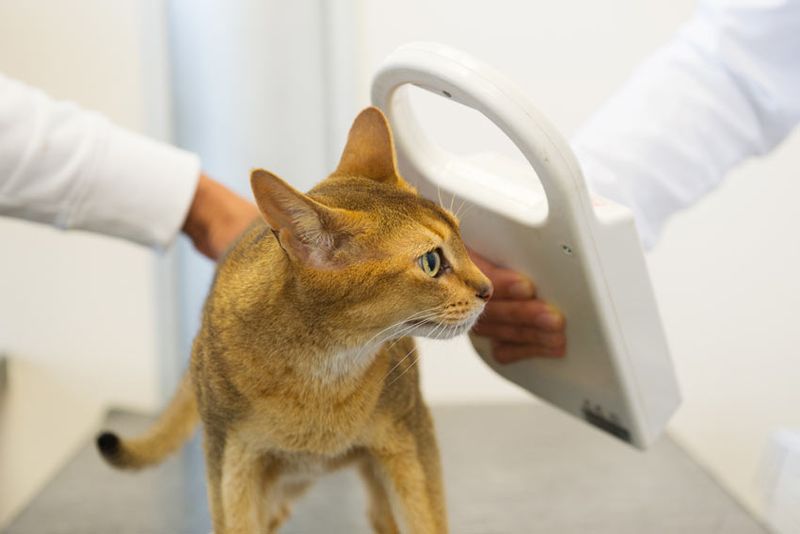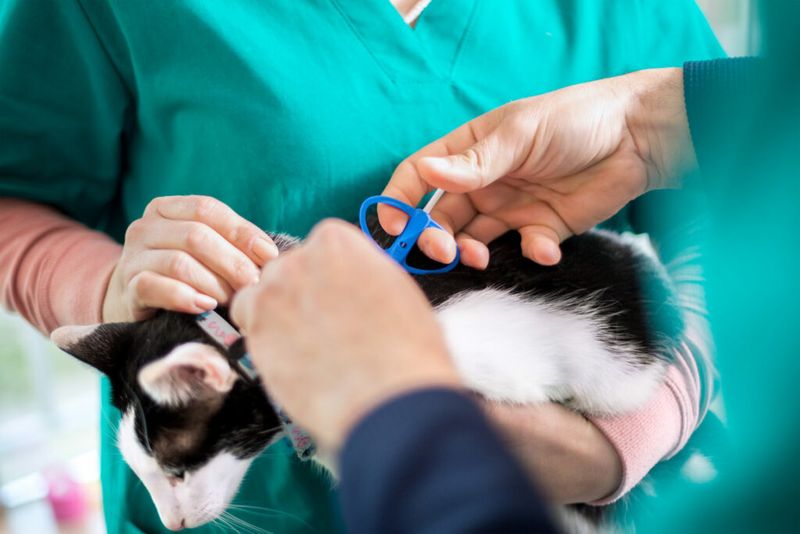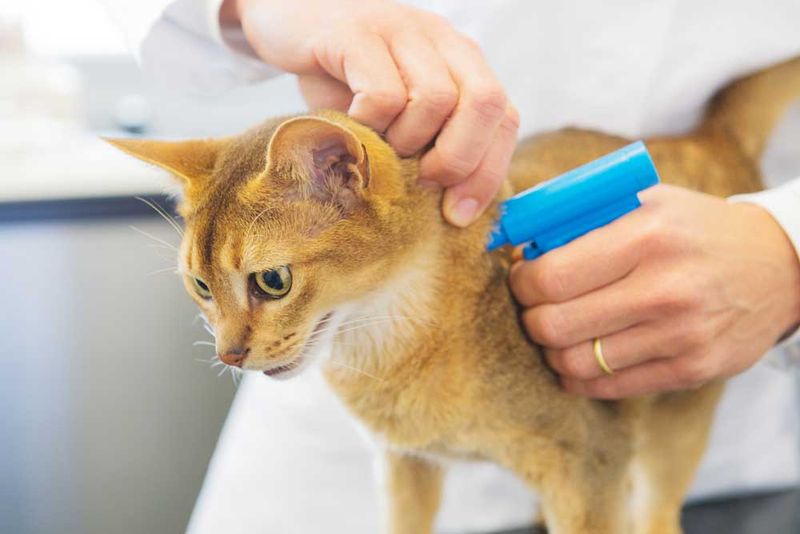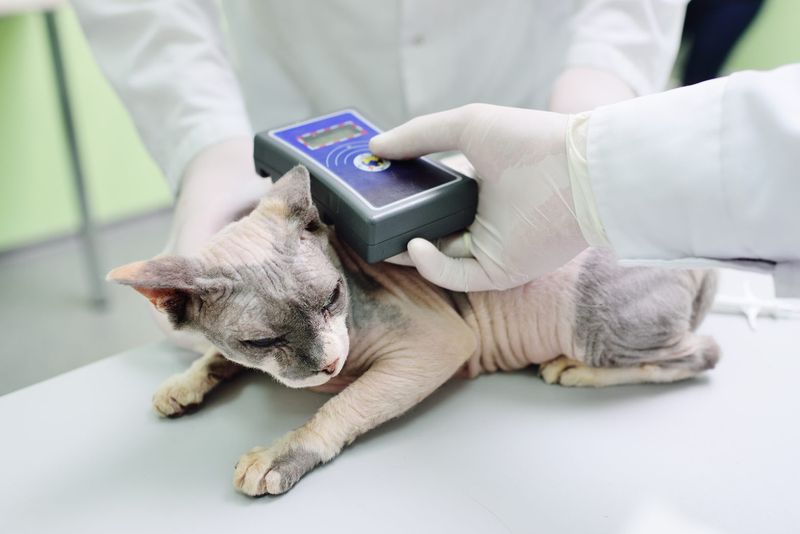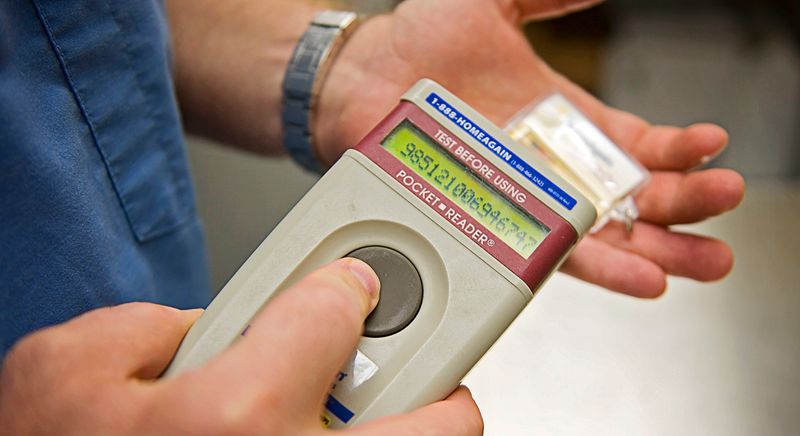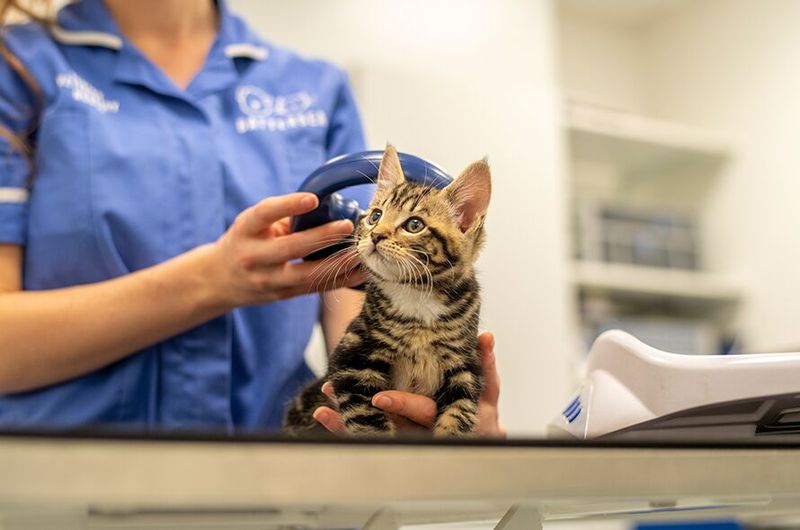📖 Table of Content:
- 1. Age Requirements
- 2. Choosing a Reliable Microchip Brand
- 3. Registration Is Critical
- 4. Update Your Information
- 5. The Procedure Is Quick and Safe
- 6. A Collar and Tag Are Still Necessary
- 7. Microchips Can Occasionally Migrate
- 8. Scanning for a Chip Isn’t Always Perfect
- 9. It’s a Lifelong Investment
When welcoming a new kitten into your home, keeping them safe quickly becomes one of your highest priorities. One of the best safety measures you can take is microchipping—a small, simple procedure that could make a huge difference if your kitten ever gets lost. While it may seem straightforward, there are several important considerations to keep in mind before, during, and after microchipping.
Understanding the full process can help you feel confident that you’re making the right choices for your kitten’s future. From knowing the right time to microchip to ensuring the information stays updated, each step plays a role in keeping your pet protected. Awareness of potential issues, like chip migration or scanner inconsistencies, can also prevent surprises later on.
In this guide, we’ll walk you through nine essential things to consider when microchipping a kitten. Each point highlights key information and practical advice to help you make the best decisions for your furry friend. By staying informed, you’ll give your kitten the best chance of being reunited with you if they ever stray from home.
1. Age Requirements
Choosing the right time to microchip your kitten is an important first step. Generally, veterinarians recommend waiting until a kitten is at least eight weeks old or weighs enough to safely undergo the procedure. This ensures that the kitten’s body is large enough to accommodate the microchip without undue stress or risk. If your kitten is particularly small or premature, your vet might suggest waiting a little longer. Some shelters microchip even younger kittens if they are being adopted early, but this is usually done with special care. Always seek your veterinarian’s guidance when determining the best timeline for your specific kitten. Knowing when to act can make the process safer and more comfortable for your pet.
2. Choosing a Reliable Microchip Brand
Selecting a reputable microchip brand is essential to maximize your kitten’s safety. Different brands offer varying reliability, and it’s important to choose one that meets ISO standards for international compatibility. A chip that follows these standards will be readable by most scanners used by animal shelters, rescue organizations, and veterinary clinics around the world. Some brands even offer registration perks or better recovery network support. Speak to your veterinarian or adoption center about which microchip options they recommend based on experience. Investing in a trusted brand ensures better chances of identification if your kitten ever gets lost. Making a wise choice now can save you from future headaches.
3. Registration Is Critical
Having a microchip implanted is only half the job; registering the chip is what actually links your kitten to you. Without registration, the chip is just a series of numbers that won’t help anyone contact you. After the procedure, you’ll need to submit your contact details to the pet recovery database associated with the chip brand. Some vets offer to do this for you at the time of microchipping, but it’s smart to double-check afterward. Additionally, there may be a small fee involved for initial registration or updates. Ensuring your information is properly entered means your kitten will have the best shot at making it home.
4. Update Your Information
Moving to a new home, changing phone numbers, or even updating your email address should trigger an immediate microchip registration update. Far too often, lost pets have registered chips with old or disconnected contact information, making it impossible for finders to reach the owners. Most microchip companies allow you to update your details online with a few quick steps. Some even send annual reminders to encourage pet owners to review their information. Don’t assume that because your kitten is home now, you’ll never need to worry about this again. Keeping your information current is a small but vital task that could make all the difference one day.
5. The Procedure Is Quick and Safe
Administering the microchip typically takes just a few seconds and feels similar to a vaccine shot for your kitten. The veterinarian uses a specialized needle to insert the chip, usually between the shoulder blades, under the skin. Most kittens only react with a brief flinch, if at all, and recover immediately afterward. There’s no need for anesthesia or special aftercare beyond gentle handling for a few hours. Occasionally, a tiny scab may form at the insertion site, but it heals quickly without intervention. Always ask your vet about any aftercare tips if you have concerns. Rest assured, microchipping is a very low-risk procedure with lifelong benefits.
6. A Collar and Tag Are Still Necessary
Despite the powerful protection a microchip offers, your kitten should still wear a collar with an ID tag. Collars are highly visible and offer instant identification to anyone who finds your lost kitten, without the need for a microchip scanner. Ideally, the collar should be a breakaway design to prevent choking hazards if your kitten gets caught on something. The ID tag should include your name and at least one current phone number for fast contact. Microchips work best as a backup in case the collar is lost or removed. Doubling up on protection ensures your kitten can be helped quickly and easily if they wander.
7. Microchips Can Occasionally Migrate
In rare cases, a microchip may move slightly from the original implantation site. Typically, the chip stays close to where it was inserted, but sometimes, through normal body movement, it can migrate. This doesn’t usually affect its functionality, but it can make scanning more challenging if the person searching for it only checks the typical area. Vets recommend having your kitten’s microchip scanned during annual checkups to verify its location and ensure it’s still easily detectable. If it has migrated, your vet will note the new location in your kitten’s records. Understanding this rare possibility helps you stay proactive about your kitten’s security.
8. Scanning for a Chip Isn’t Always Perfect
While microchips greatly improve the chances of a lost kitten returning home, scanning isn’t 100% foolproof. Not all scanners can detect every microchip frequency, especially if older models are in use at certain shelters or clinics. Additionally, improper scanning technique or a chip that has migrated can sometimes lead to missed detections. To minimize these risks, always opt for a chip that follows international standards and encourage regular chip verification during vet visits. Some vets even use multiple scanners to confirm chip detection. Knowing these limitations can help you better advocate for your kitten in an emergency.
9. It’s a Lifelong Investment
Once implanted, a microchip is designed to last for the lifetime of your pet without needing replacement or maintenance. Unlike collars, which can wear out, get lost, or break, the microchip stays safely under the skin, offering a permanent form of ID. Over time, as your kitten grows into an adult cat, the chip remains a quiet but crucial safeguard. The peace of mind that comes with knowing your pet has a permanent, registered form of identification is invaluable. Long-term, this small procedure provides an enormous return in security and reassurance. It’s a simple step with enduring rewards.
